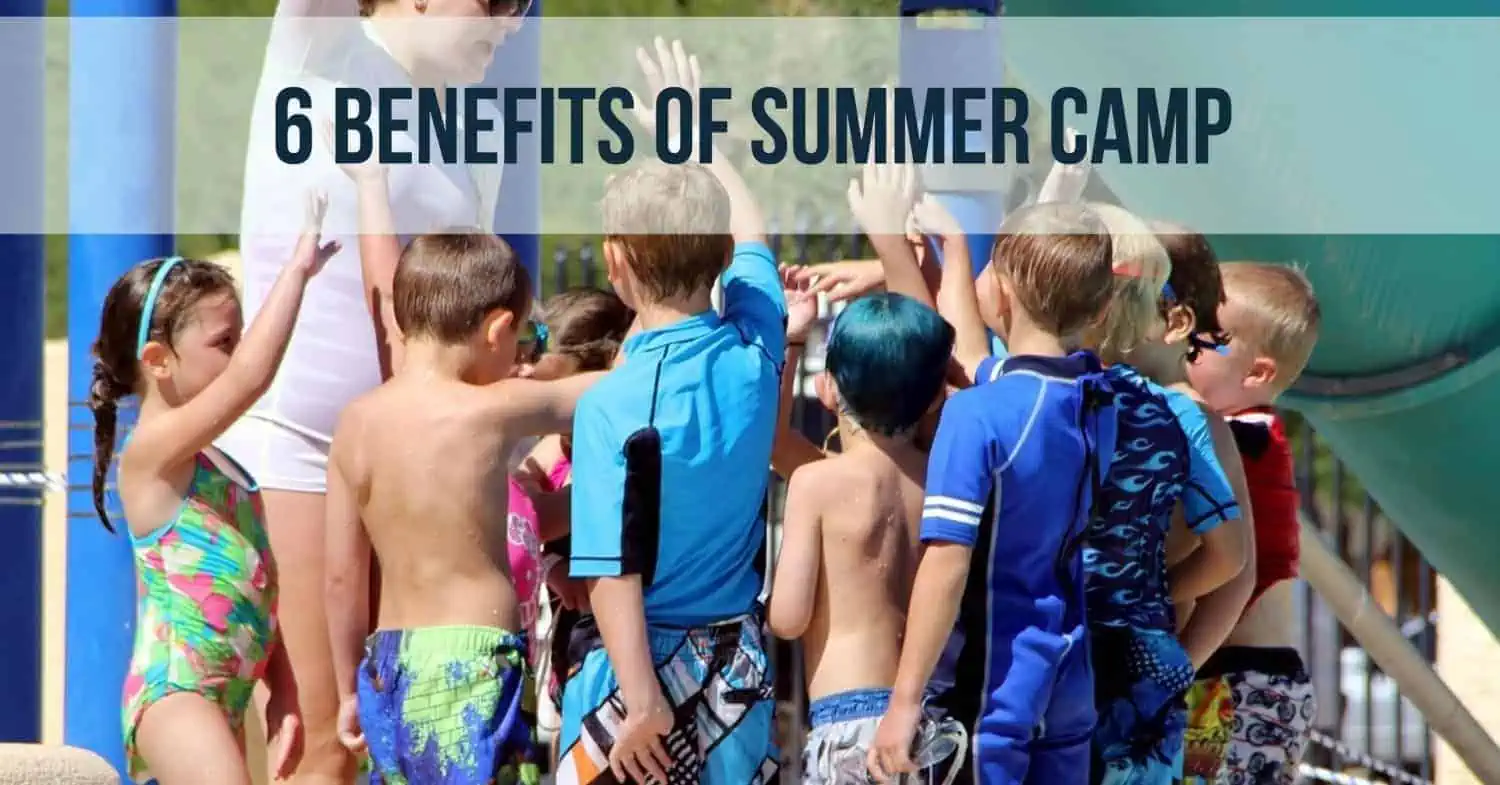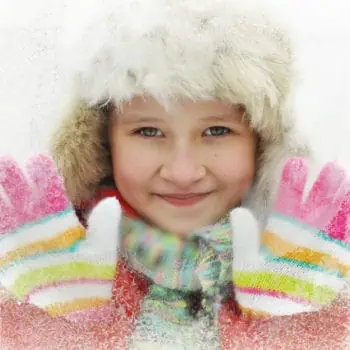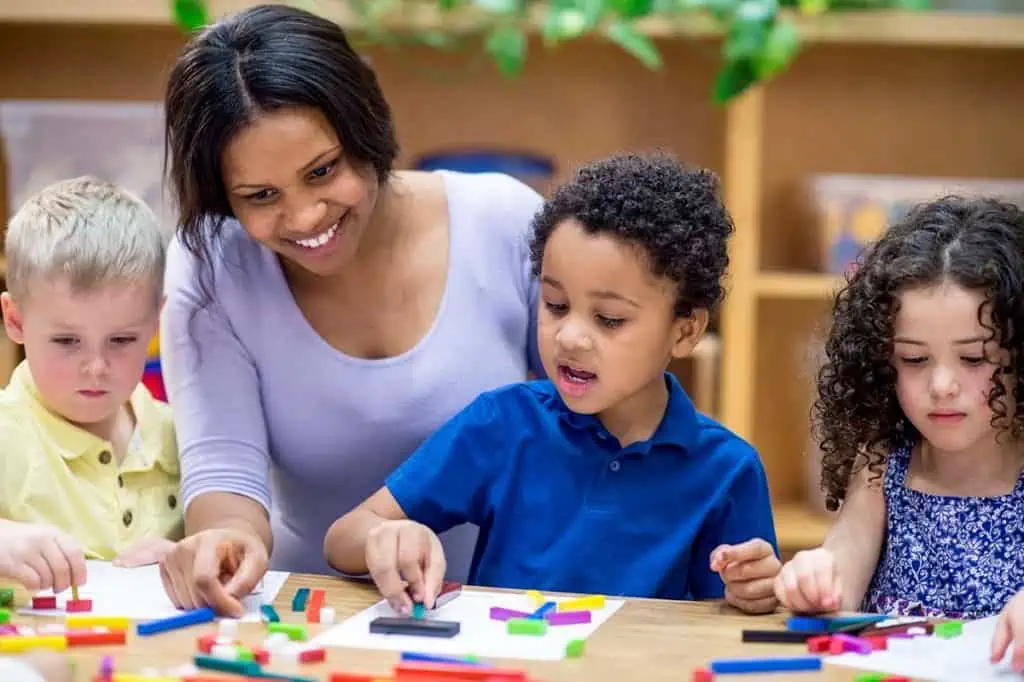If you can recall being a camper or remember working as a camp counselor, then you know the benefits of day camp. But if you never had a camp experience, you may not realize how important camp can be for children. You may consider a few of the following reasons to send your children to camp.
Here are Six Benefits to Summer Day Camp
- Campers spend the day being active. Let’s get moving! Children run, jump, swim, and so much more! Camp is the perfect place to learn active games that children can teach their families at home. Campers learn the value of spending more time active and outside and less time in front of electronic screens.
- Campers learn social and leadership skills and increase their self-confidence and ability to work with others. Through leadership and team building events, such as scavenger hunts or solving mysteries, Campers focus on purposeful activities and grow and mature through the process.
- Campers have free time for unstructured play. Being a part of a camp can ease the daily dose of routine children receive during the rest of the year. It’s less structured than school and competitive sports leagues but just enough to motivate campers to try new things.
- Campers make friends. Camp is a low-pressure atmosphere where friendships are formed. Camps that stress“Getting to Know You” and “Friendship Building” activities help children develop bonds. In doing so, they focus on both themselves and their relationships with friends and family.
- Campers develop life-long skills. The variety of activities provided allows campers to discover and develop what they like to do. When Campers receive instruction and equipment for various projects, it’s up to them to decide which skills they are interested in learning. Camps that sponsor food-drives, bake sales, and service projects, instill a commitment to giving back to the community and teach campers to think beyond themselves.
- Happy Campers, make for Happy Families. Parents of Campers get the pleasure knowing that each day their child is engaged, active, making friends, and learning new skills and hobbies. Camps that fill the summer with such family events as talent shows, camp tournaments, trivia nights, movies, and Club Showcases help provide families with memories to last a lifetime.




